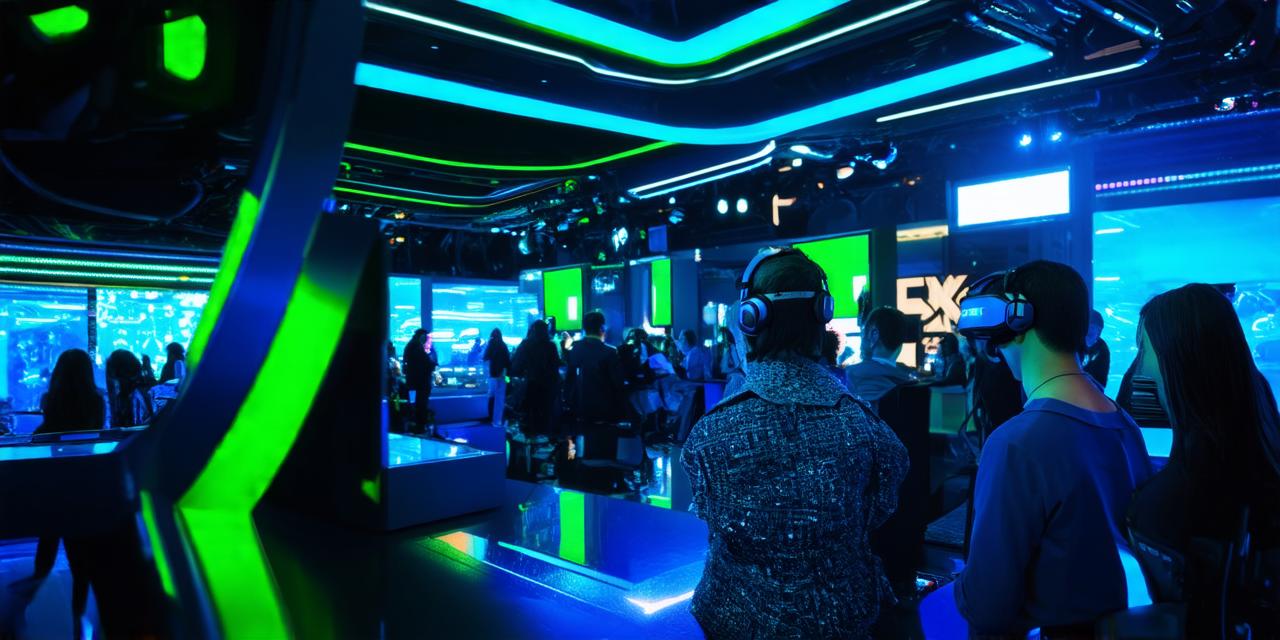What is Virtual Reality?
Virtual reality is a technology that allows users to immerse themselves in a computer-generated environment as if they were physically present in that environment. VR typically involves wearing a headset or other device that tracks the user’s movements and provides them with a 360-degree view of a virtual world. This technology is often used for gaming, training simulations, and other applications where users need to interact with a digital environment in a highly immersive way.
What is Mixed Reality?
Mixed reality is a technology that combines elements of the physical and digital worlds to create a new, hybrid experience. Unlike VR, which fully immerses users in a virtual world, MR allows users to see both their real-world surroundings and digital content overlaid on top of them. This can be used for a wide range of applications, from augmented reality (AR) experiences that enhance the user’s view of the physical world to more advanced applications like remote assistance and collaborative design.
Key Distinctions Between VR and MR
There are several key distinctions between virtual reality and mixed reality technologies:
- Immersion: VR fully immerses users in a virtual environment, while MR allows users to see both their real-world surroundings and digital content overlaid on top of them. This means that VR can provide a more fully immersive experience, but MR can be useful for applications where users need to remain aware of their physical surroundings.
- Interaction: VR typically involves interactive elements like hand tracking or motion controllers, which allow users to interact with the virtual environment in a natural way. MR may involve less interaction, as the digital content is overlaid on top of the user’s real-world view.
- Cost: VR systems can be more expensive to set up and maintain than MR systems, as they require specialized hardware like headsets and motion controllers. MR systems may be more accessible, as they can be run on a standard computer or mobile device with the right software.
- Applications: VR is often used for gaming, training simulations, and other applications where users need to interact with a digital environment in a highly immersive way. MR can be used for a wide range of applications, from AR experiences that enhance the user’s view of the physical world to more advanced applications like remote assistance and collaborative design.
Which Technology is Right for You?
Ultimately, whether VR or MR is right for you will depend on your specific needs and goals. If you need a highly immersive experience that fully engages users in a digital environment, VR may be the best choice. However, if you need to remain aware of your physical surroundings while still benefiting from digital enhancements, MR may be a better fit.
Conclusion
In conclusion, virtual reality and mixed reality are two emerging technologies that offer unique opportunities for immersive digital experiences. While there are some overlaps between these technologies, there are also key distinctions that you should consider when deciding which one is right for your needs.
